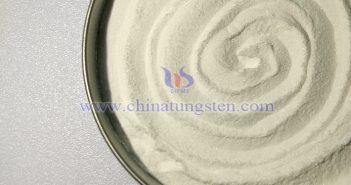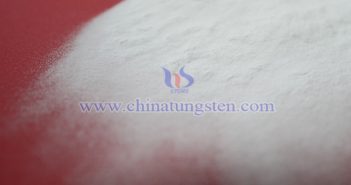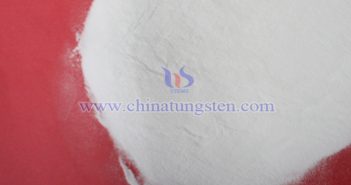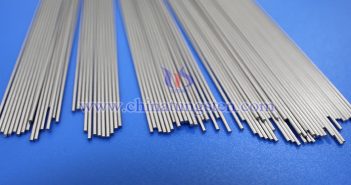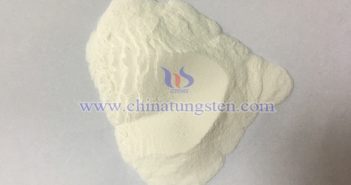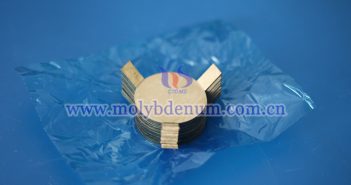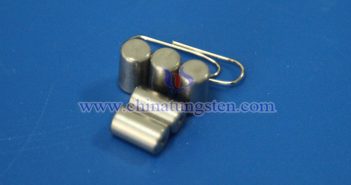
The electron emission performance of barium tungsten electrodes is affected by a combination of factors, including temperature, surface state, composition, electric field, aging and use. These influencing factors interact with each other and jointly determine the emission efficiency and service life of the electrode. 1. Temperature Temperature is a key factor affecting thermal electron emission. High temperature provides additional kinetic energy to the electrons on the electrode surface, making it easier for them to overcome the work function (i.e., work…

